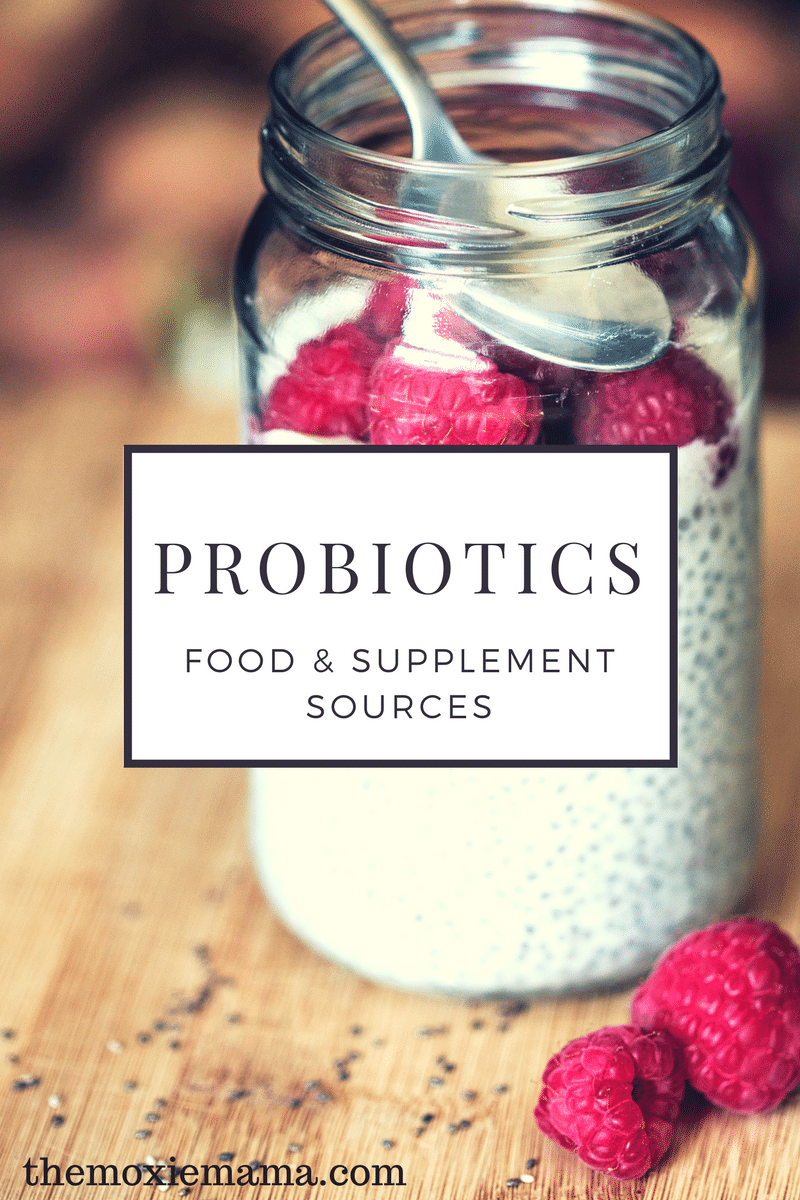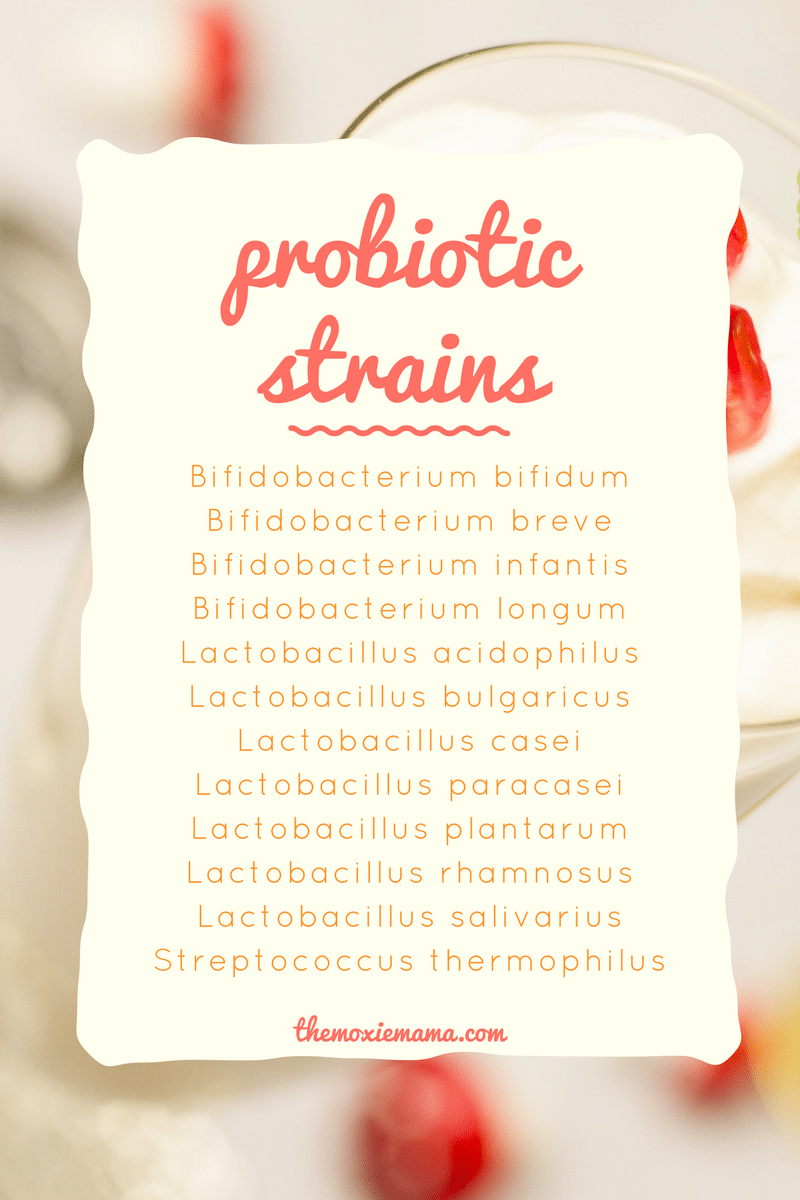A couple of years ago I wrote about the importance of probiotics on our health. Since then I have experimented with various strains of probiotics to find the one that best suits my body.
Many things can cause our GI tract flora to decrease the amount of good bacteria. By adding probiotics to your diet, you can actively help increase the good bacteria in you gut. A few amazing benefits of probiotics include promoting healthy bacteria in the colon, increasing the availability of vitamin K, increasing fatty acids and lactase, relieving allergy symptoms, improving symptoms of chronic fatigue, increasing the ability to absorb calcium, and boosting overall mood and helps with stress to name a few.
Two specific ways that you can increase your body’s good bacteria balance is by eating fermented foods and by supplementation. Below are a few examples of foods containing probiotics and how to find quality probiotics supplements.
Foods Containing Probiotics
Eating foods that have been fermented, can help to restore your body’s good bacteria balance. For centuries, fermented foods have been part of a healthy diet in many cultures. Examples of fermented foods are:
Kefir. Keifer is a cultured, creamy product that is similar to a drink-style yogurt. It contains beneficial yeast as well as friendly ‘probiotic’ bacteria.
Yogurt. Yogurt is a semisolid, slightly sour food created from fermented milk with live bacteria cultures.
Fermented Fruits and Vegetables. Fermented foods such as sauerkraut, umeboshi, and kimchi are excellent sources of probiotics.
Kombucha. Kombucha is a drink that contains a culture of symbiotic beneficial bacteria and yeasts. It is created by brewing tea and mixing it with sugar, allowing it to ferment into a sweet and sour drink.
Fermented Soybeans. Soybeans that have been fermented are also great sources of probiotics. Foods such as natto, tempeh, and miso are just a few examples of fermented soybeans.
If you do not normally eat any of these traditional fermented foods regularly, you should consider supplementing your diet with a high-quality probiotics supplement for a healthy GI tract flora. Probiotics are very safe and have very little if any side effects or drug interactions.
Quality Probiotics Supplements
Often we cannot or do not get enough probiotics from the foods we eat. In this case, we need to supplement you diet with a probiotic supplement. When choosing a probiotic supplement, it is important to look at four factors: strains, bacteria count, coating, and probiotic activity. In addition, be sure that you choose a supplement from a well-known, reputable probiotics company to ensure the highest quality probiotics.
1. Strains. There are anywhere from 300 to 500 strains of bacteria in the GI tract. Ensure that the supplement that you choose contains one or more of the following health-promoting bacteria strains:
- Bifidobacterium bifidum
- Bifidobacterium breve
- Bifidobacterium infantis
- Bifidobacterium longum
- Lactobacillus acidophilus
- Lactobacillus bulgaricus
- Lactobacillus casei
- Lactobacillus paracasei
- Lactobacillus plantarum
- Lactobacillus rhamnosus
- Lactobacillus salivarius
- Streptococcus thermophilus
Check out my review of Hyperbiotics PRO-15 probiotics.





